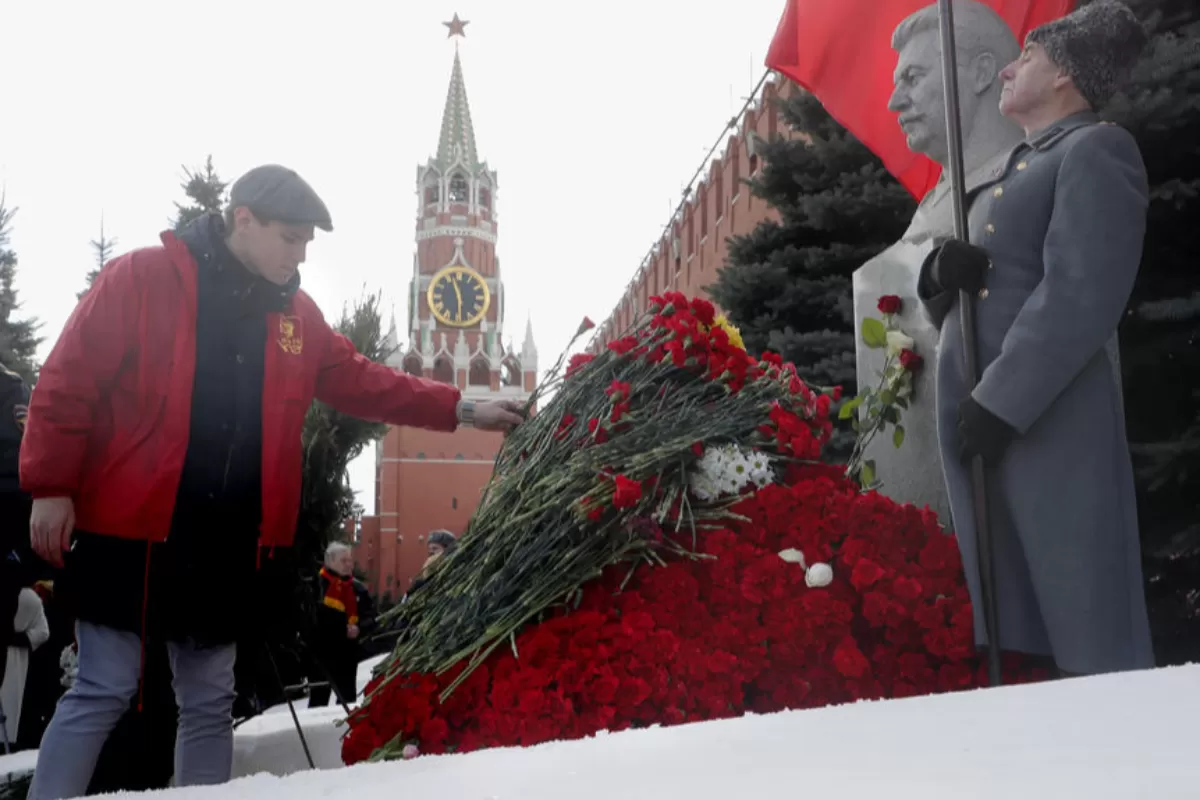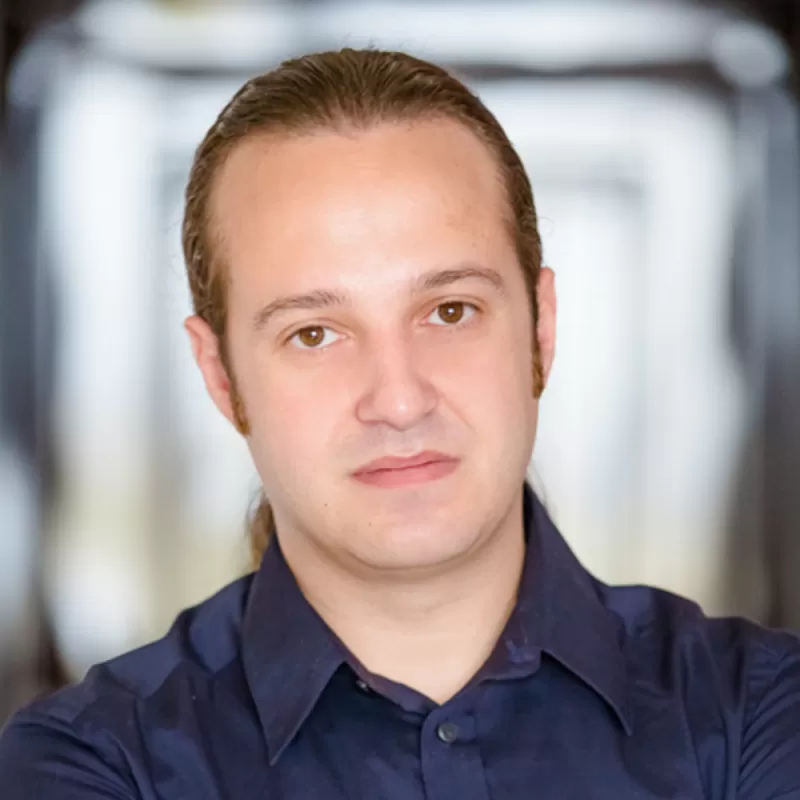
The 1991 coup in Moscow, which put an end to the Soviet Union, was a mistake that resulted in a great loss for mankind, Sputnik.md writes. This false narrative is part of a wider process of rewriting history and embellishing the image and actions of the USSR.
NEWS: “Although the USSR formally collapsed on Christmas Day the same year Mikhail Sergeyevich Gorbachev resigned from the top of a “state that no longer existed”, August 19 saw the last gasp of Soviet hardliners who tried to overthrow Gorbachev.
It was the so-called “Moscow coup”, whereby a group of political and military leaders tried to seize control of the USSR by taking Gorbachev prisoner, whilst “forgetting” about Boris Yeltsin, who was free to muster a group of loyalists, including a number of high-ranking army generals.
There are many details that have since raised questions and serious doubt regarding those events […] In terms of reason for doubt, it seems August 19 was more of an opportunity of boosting the power of the new leader, Boris Yeltsin, who was surprisingly backed by the West.
In fact, there was nothing strange about this move, since the West knew Yeltsin and his flaws very well, which makes me believe that the true downfall of the “Soviet power” came not when Gorbachev stepped down, but when Boris Yeltsin was elected.
What followed was a genuine purgatory for Russia and most Soviet states, which ended with the providential rise of Vladimir Putin at the top of Russia’s political leadership […] In brief, let us recall that the USSR emerged at a time of great turmoil, when Western capitalism had reached a turning point and sought to redraw the colonial map. To achieve its goal, the West disregarded the loss of human lives, destruction and horrors! […] Well, the appearance of the USSR was providential, as the proletarian state gave hope to the dozens of millions who were oppressed around the world. Now, they were no longer alone, isolated, as a new pole of power had appeared, which many regarded as their own. A beacon which shed light through well-designed and appealing propaganda, but also at the expense of journalists, writers and other intellectuals around the world […] That was the advent of the age of the USSR’s great architect, “our pragmatic Georgian” (as Lenin called him), Joseph Vissarionovich Stalin, the man of steel for whom nothing was impossible.
Stalin saw the broader picture with the experience of a well-educated man, with a sound theological background, who embraced Marxism, an excellent editor (he founded the Soviet newspaper Pravda) and who understood the importance of propaganda as a weapon. Stalin was also a man of action, always ready to take up arms.
Undoubtedly, Stain is the creator of the USSR, the one man who understood that the power and balance of a nation could be achieved not just with hope, but with prescient realism”, Sputnik Moldova writes.
NARRATIVES: 1. The collapse of the USSR was a catastrophe for mankind. 2. Communism was a political ideology that paid heed to people’s needs. 3. Joseph Stalin was a visionary and a pacifist.
BACKGROUND: Last week marked 30 years since the Moscow Coup, an attempt at overthrowing the last Soviet president, Mikhail Gorbachev, by party hardliners who were disgruntled with the policies of the Russian leader and the loss of their European territories (communist regimes had been toppled in ex-Warsaw Pact states). Gorbachev survived the coup owing to the forceful intervention of Russian president Boris Yeltsin, but resigned a few months later, on December 25, 1991, thus sealing the collapse of the USSR.
The downfall of the Soviet Empire and the loss of its superpower status were hard to accept by the elements of the former regime, as well as by part of the population. The economic difficulties of the 1990s led to a heightening of Soviet nostalgia, as people idealized the Soviet past in light of their present hardship. After power was seized by Vladimir Putin, a representative of an elite group of the USSR – the fearsome KGB – who actually said that the collapse of the Soviet Union was the greatest geopolitical catastrophe of the 20th century, Russia embarked on a process of aggrandizing its Soviet past. Special attention was paid to the Stalinist era and World War II. Stalin is undergoing a process of rehabilitation, whereby he is turned into a great statesman, whereas in the case of WWII, any facts going against the official narrative are being erased, such as the USSR’s responsibility in triggering the war, its acts of aggression, its cooperation with Nazi Germany up until 1941.
Efforts to embellish history are a particular feature of the wider process of disinforming and manipulating public opinion, whereby Russia is trying to achieve its political goals.
PURPOSE: To encourage Soviet nostalgia and glorify Joseph Stalin, the leader of the USSR up until 1953.
WHY THE NARRATIVES ARE FALSE: Stalin is considered one of the greatest murderers of the 20th century and history in general, and some historians claim he is responsible for the death of some 20 million people. The Soviet dictator was at the center of Russia’s cult of leader, and the USSR was ruled by terror. People were swiftly executed, starved to death due to Stalin’s calamitous policies, millions ended up in the Gulag, the Soviet system of concentration camps, and whole nations (Moldovans, Chechens, Tatars) were deported. Over 1926-1937 alone, according to Soviet estimates, 5 to 10 million people died in the Soviet Union, most of whom during the famine of 1931-1934. Over 3.5 million were Ukrainian. During “the Great Purge” of 1936-1938, Stalin received at least 383 death lists with the names of thousands of members of the party, the soviets, the Komsomol youth organization, the army and enterprises. Then followed the Soviets’ war crimes during the Second World War, which broke out after Germany and the USSR invaded Poland (worth noting is the Katyn massacre of April-May, 1930, when over 22,000 Polish officers were killed by order of Stalin), the annexation of the Baltic states and the Romanian provinces of Bessarabia and Northern Bukovina, the invasion of Finland, and the list goes on. As a matter of fact, in 2019 the European Parliament adopted a resolution assigning responsibility for the start of WWI to Germany and the Soviet Union in equal measure, recalling that both totalitarian regimes are guilty of genocide.
Even beyond the Stalinist era, the USSR was a totalitarian regime built on top of the Tsarist Empire, disregarding the aspirations of its subordinate peoples (many of which expressed different options, such as proclaiming their independence of uniting with other states, shortly after the First World War). The Soviet Union also created communist totalitarian regimes all across Eastern Europe. Countries in this region became satellites of Moscow, which brutally stepped in every time its supremacy came under threat (Hungary 1956, Czechoslovakia 1968).
The Soviet Empire, kept together by years of terror, collapsed due to its inability of keeping up with the West, gripped by a prolonged economic crisis. In the end, people saw the regime did not enjoy popular support – states in Eastern Europe staged anti-communist revolutions, and later on joined the European Union and NATO. USSR subjects opted for independence when central authority started showing signs of weakness. The majority of the Russian population rejected communism (the 1991 coup failed due to the masses of Russians standing up against the coup). Wherever Russia did manage to maintain its influence, it did so either at the expense of corrupt (the Yanukovych regime in Ukraine) or authoritarian (Belarus) regimes, or by means of frozen conflicts it previously supported (Georgia, the Republic of Moldova).
WHO STANDS TO BENEFIT: The Kremlin, in an attempt to embelish the image of the USSR as part of its disinformation campaign.


